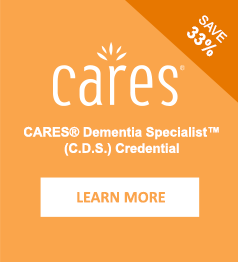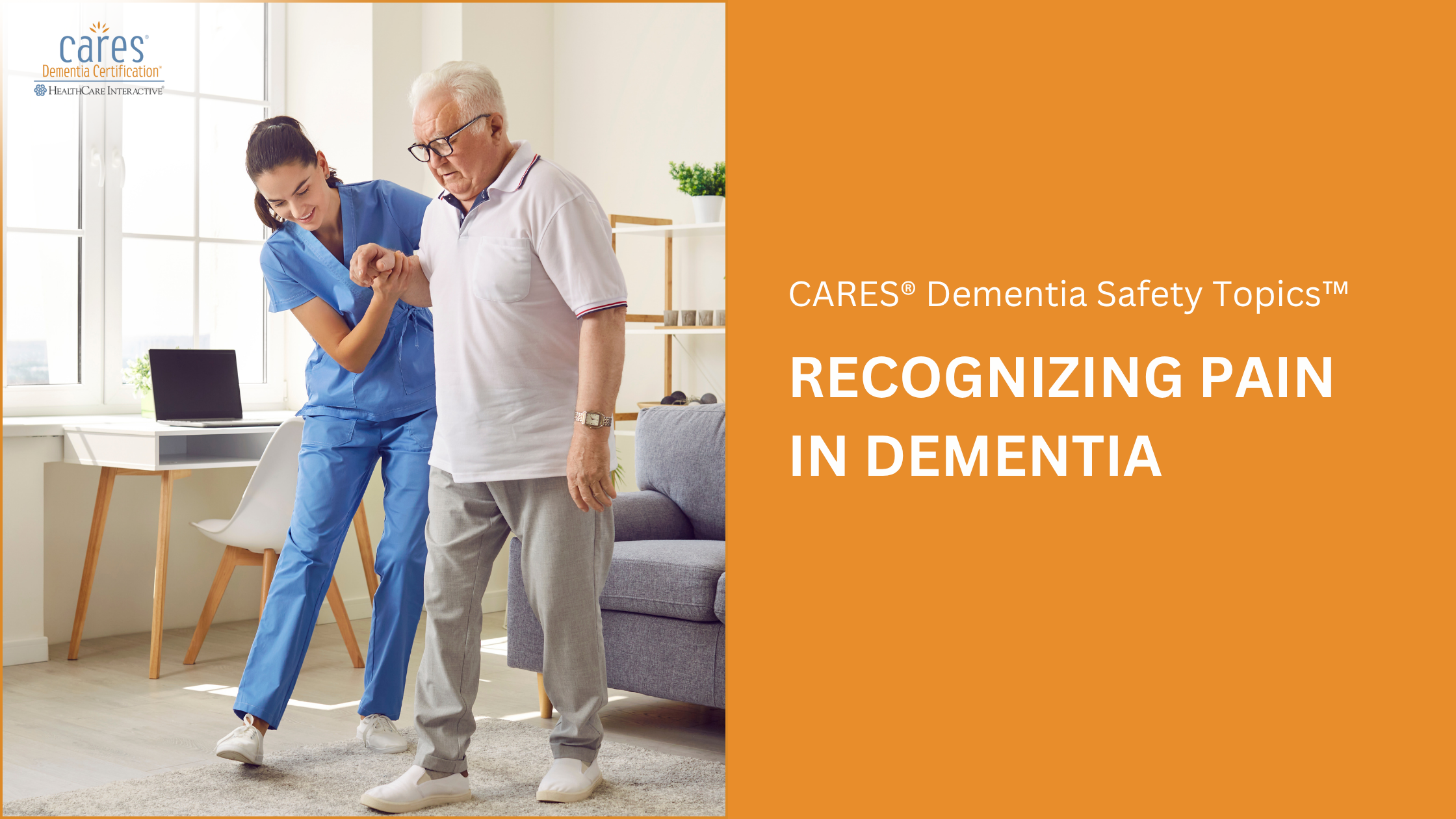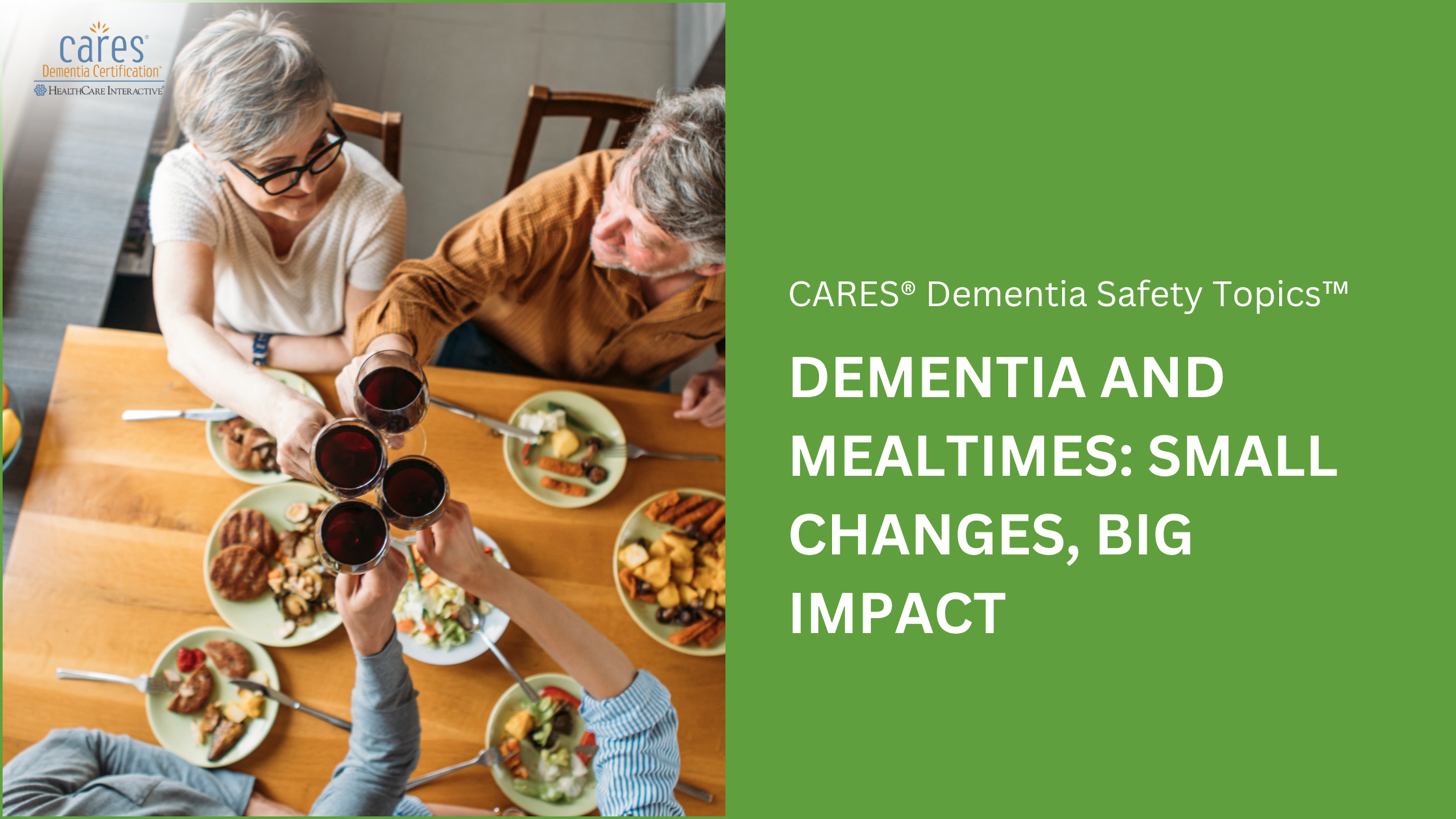When someone has dementia, recognizing their discomfort or pain isn’t always straightforward. They may not be able to say, “I’m in pain,” especially as the disease progresses. However, just because they can’t explain it doesn’t mean they aren’t feeling it. As a caregiver, family member, or healthcare provider, you play a vital role in noticing signs of pain and helping ensure the person gets the comfort and care they need.
Why Is It Hard to Spot Pain in Dementia?
Dementia, including Alzheimer’s disease, affects the brain’s ability to process and communicate. This means that as the condition progresses, the person’s ability to describe or even recognize their pain often decreases. The signs can be subtle or easily mistaken for other issues such as confusion, agitation, or fatigue.
Understanding how communication changes through each stage of dementia can help you better recognize signs of pain and discomfort.
How Pain Communication Changes Through the Stages of Dementia
Normal Thinking (No Dementia)
A person without dementia can describe their pain clearly—where it hurts, how much it hurts, and what makes it better or worse. They may even be able to provide a detailed history, helping caregivers or medical professionals treat it more effectively.
Early Stage Dementia
In the early stage, most people can still talk about their pain. However, they may forget certain details, such as when it started or how long it’s been bothering them. While they may still be able to communicate well, caregivers should be prepared to ask follow-up questions for more clarity.
Middle Stage Dementia
In this stage, communication becomes more difficult. People might struggle to find the right words to describe their pain or may need prompting. They might say things like “I don’t feel right” or “Something’s wrong” instead of directly saying they’re in pain.
What to watch for:
• Vague or unusual descriptions of discomfort
• Repeating phrases like “Help me” or “Make it stop”
• Facial expressions showing distress
Late Stage Dementia
In the late stage, people often lose the ability to speak clearly or at all. Pain is often shown through behaviors rather than words.
Signs may include:
• Moaning, groaning, or shouting
• Facial grimacing or frowning
• Restlessness or fidgeting
• Rocking or repetitive movements
• Sudden changes in mood, such as increased irritability or aggression
It’s important to note: Not all moaning or restlessness is due to pain, but it can be a strong indicator—especially if it’s new or happens suddenly.
End of Life
In the final stage of dementia, verbal communication may stop altogether. You’ll need to rely fully on physical and behavioral cues. Agitation, groaning, clenched fists, or changes in breathing could all signal discomfort or pain.
What You Can Do as a Caregiver or Team Member
You are often the first to notice when something seems off. If you think someone with dementia is in pain:
• Speak up immediately: Report your concerns to a nurse, doctor, or supervisor.
• Give details: What did you see or hear? When did it start? Has anything helped or made it worse?
• Trust your instincts: If something doesn’t seem right, it probably isn’t.
Your attention and care can make a huge difference in a person’s comfort, especially when they cannot speak for themselves.
You are their voice. Your awareness matters.
Caring for someone with dementia means noticing even the quiet signs of discomfort. We’re here to support you in this journey—get 10% OFF any training and certification program with code BeautifulAugust at checkout. Offer valid through Aug 31, 2025.


